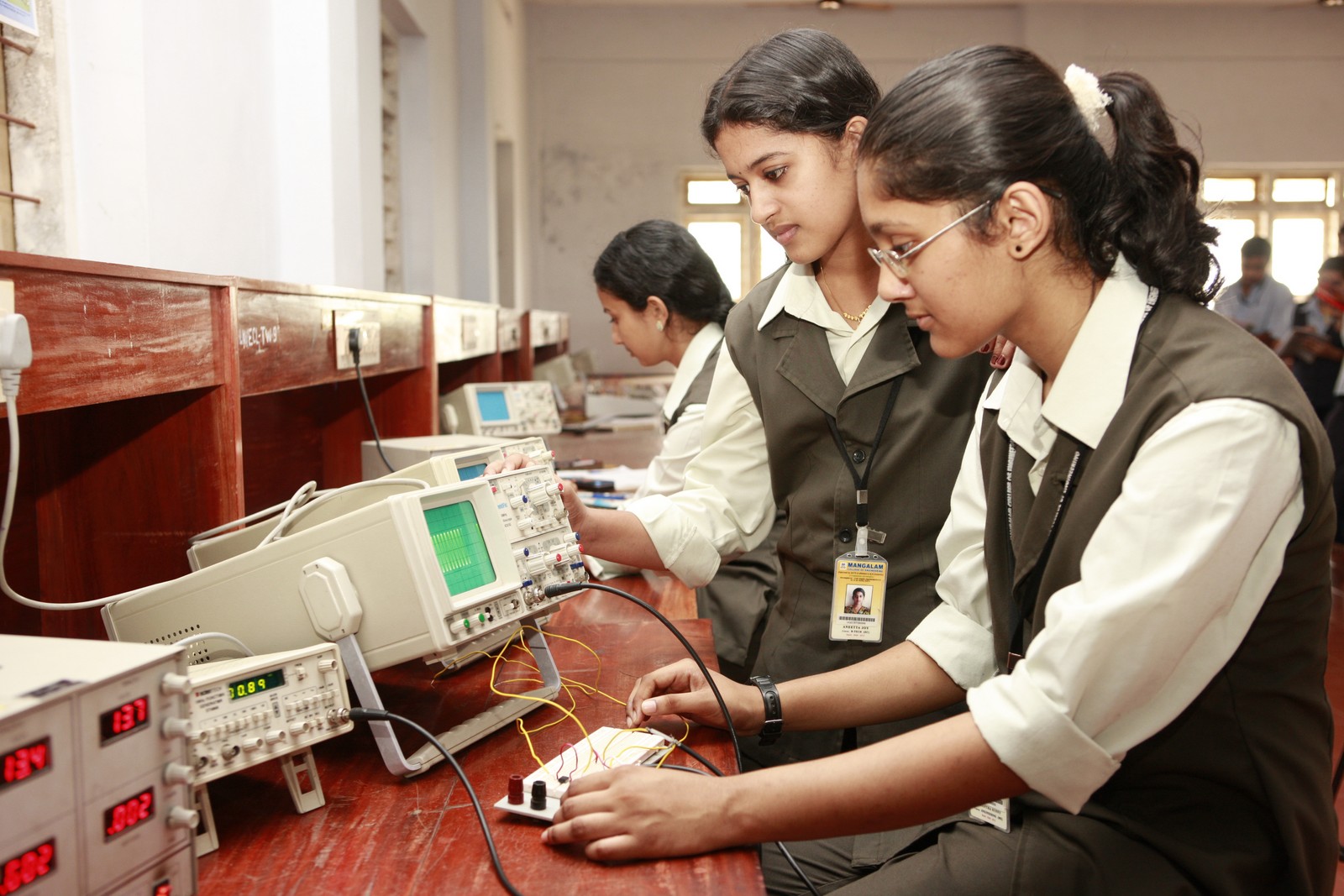
Резка металла - это «процесс удаления нежелательного материала в виде стружки с металлического блока с помощью режущего инструмента».
Способы резки металла:
Существует два основных метода резки металла в зависимости от режущей кромки и направления относительного движения инструмента и заготовки:
(i) Процесс ортогональной резки
(ii) Процесс резки под углом
(i) Процесс ортогональной резки:
В процессе ортогональной резки режущая кромка перпендикулярна (под углом 90 градусов) направлению подачи. Стружка течет в направлении, перпендикулярном режущей кромке инструмента. Совершенно острый инструмент разрезает металл на поверхности стойки.
(ii) Процесс резки под углом:
В процессе резки под углом режущая кромка наклонена под острым углом (менее 90 градусов) к направлению подачи. Чип стекает в сторону длинным завитком. Стружка течет в направлении под углом к нормали к режущей кромке инструмента.
Разница между ними подробно обсуждается в таблице ниже:
Metal cutting is “the process of removing unwanted material in the form of chips, from a block of metal, using cutting tool”.
Methods of Metal Cutting:
There are two basic methods of metal cutting based on cutting edge and direction of relative motion between tool and work:
(i) Orthogonal cutting process
(ii) Oblique cutting process
(i) Orthogonal Cutting Process:
In orthogonal cutting process, the cutting edge is perpendicular (90 degree) to the direction of feed. The chip flows in a direction normal to cutting edge of the tool. A perfectly sharp tool will cut the metal on rack surface.
(ii) Oblique Cutting Process:
In oblique cutting process, the cutting edge is inclined at an acute angle (less than 90 degree) to the direction of feed. The chip flows sideway in a long curl. The chip flows in a direction at an angle with normal to the cutting edge of the tool.
Difference between the two is discussed in detail in the table below:

- Log in to post comments